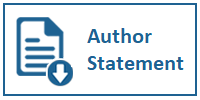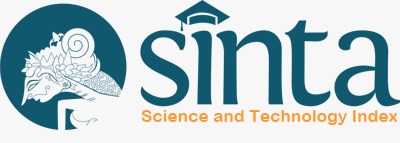Instagram as One of Generation Z's Choice of Health Information Sources in Indonesia
DOI:
https://doi.org/10.31937/ultimacomm.v13i2.2354Abstract
Social media is a communication tool that can disseminate or spread a culture, including YouTube. It has become a meeting place for various people from different backgrounds. However, YouTube becomes an arena where dominant groups exercise power over other groups. Trans TV company has the capital that can create a habitus that oppresses other groups. Through the ‘Ngobrol Asal' program, Trans TV tries to maintain its position. The program indicates the existence of symbolic violence against people with disabilities. Disability discrimination issues have been in the spotlight throughout history. Through the modernization of communication tools, discrimination of persons with disabilities occurs smoothly. Komeng, the actor, performs a comedy that refers to the symbolic violence against Daus Mini as a person with a disability whose limitations turn into a joke that indirectly impacts the negative perception of people with disabilities. This study uses qualitative research methods. This study uses the perspective of Stuart Hall's Representation Theory to reveal the meaning of the scene and Bourdieu's Theory of Symbolic Violence to explain comedic content, which is an arena for the practice of symbolic violence. The results of this study indicate the existence of symbolic violence in the 'Ngobrol Asal' program. This can be seen in Komeng's jokes, representing Daus Mini as a small child who cannot contribute to society. The limitation of Daus Mini as the actor is interpreted as a disgrace to the family or the surrounding environment. Trans TV as a capital owner, uses YouTube as a battle arena to maintain its position, regardless of the impact on people with disabilities.
Keywords: Symbolic violence, Disability, YouTube, Trans TV, Representation
Downloads
Downloads
Published
How to Cite
Issue
Section
License
Ultimacomm Jurnal Ilmu Komunikasi allows readers to read, download, copy, distribute, print, search, or link to its articles' full texts and allows readers to use them for any other lawful purpose. The journal allows the author(s) to hold the copyright without restrictions. Finally, the journal allows the author(s) to retain publishing rights without restrictions
1. Authors are allowed to archive their submitted article in an open access repository
2. Authors are allowed to archive the final published article in an open access repository with an acknowledgment of its initial publication in this journal















